Second Degree DWI is a gross misdemeanor level offense in Minnesota. This level of offense carries a maximum punishment of up to one year in jail and a $3,000 fine. Second Degree DWI is the second most severe level of DWI in Minnesota. First Degree DWI is the only more serious DWI and is a felony level offense.
There are different ways a person can face a Second Degree DWI. Your first DWI can even be a Second Degree DWI in limited circumstances. More commonly, it results as your second or third DWI offense in a ten-year period. Minnesota has aggravating factors to determine what level of degree of DWI you would be charged with under the circumstances. One aggravating factor is if your evidentiary breath, blood, or urine test resulted in an alcohol concentration of .16 or more. Another aggravating factor is if you had a child under the age of sixteen in your vehicle at the of the offense. A third aggravating factor is if you have a prior DWI conviction or license revocation stemming from a DWI within the past ten years. If you have two or more of these aggravating factors present, then your DWI will rise to second degree. Another way to get to that level is if you refuse the evidentiary test in your current DWI and you have a prior DWI conviction or license revocation within the past ten years.
Importantly, the alcohol concentration level to focus on is from the evidentiary test an officer asks you to take. This is different than the PBT – preliminary breath test that law enforcement may ask you to take near the location of your arrest. Similarly, officers cannot charge you with a refusal DWI for refusing to take a PBT. Evidentiary tests are needed for that.
Second Degree DWIs also trigger mandatory minimum sentences if it is your second or third DWI in a ten-year period. Your second DWI in ten years triggers a more severe mandatory minimum sentence than your third DWI in ten years. But, you may be able to avoid the mandatory minimum sentence depending on the circumstances of your case, which also includes the prosecutor, judge, and defense attorney.
Second Degree DWI arrests also often lead to someone being held in custody until bail is set and paid, they see a judge, or are released on conditions such as an alcohol monitor. If the person is held in custody, they are likely going to be subjected to the mandatory maximum bail of $12,000. Judges will also give an alternative of lower bail or no bail plus the condition of someone being tested for alcohol consumption through an electronic device.
Second Degree DWIs will also trigger license revocations and license plate impoundment. Second Degree DWIs also often come with seizure of a motor vehicle. Minnesota’s laws are ever changing on vehicle forfeiture. Currently, there are ways to get your vehicle back without having to challenge the matter in court. Otherwise, you do have the right to challenge your vehicle being taken away in court and have sixty days to do so.
